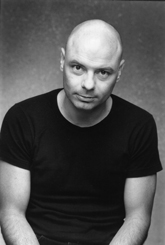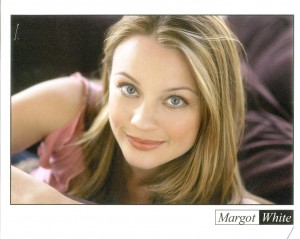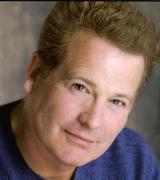ADDED PERFORMANCES
We have added four additional performances of WHITE PEOPLE by J.T. Rogers. This is great news! So check-out the new schedule on the CATF Web-site www.catf.org . I recommend that you make your ticket reservations now if you want to experience this powerful new play by J.T. Rogers.
“What is wrong with self-preservation? Where’s the sin there? Yes, I live in a community of people who look like me. I choose to live where my children will be privileged, where they’ll find opportunity. For thousands of years people all over the world have grouped with their own. But now we decide–What?–this is a bad thing? All of a sudden, we should throw comfort–protection–out the window? All of a sudden, I’m supposed to look around at the world and feel shame?” Martin in WHITE PEOPLE
WHY YOU SHOULD SEE WHITE PEOPLE:
The theater is a democracy. It pushes–expands our notion of who the “we” is. It creates a live, dynamic transaction between the performer and the audience. And this transaction is often controversial. I believe it is vital that our Theater Festival is a flash-pot in today’s turbulent world.The theater is a place where we can have a community dialogue about topics and issues that make us uncomfortable. I hope that our production of WHITE PEOPLE will prompt a fruitful dialogue about race and language in our culture.
“I mean, look around here. Everything’s different now. People are coming here on boat, foot, camel. Bringing their religion, food, talk…and I understand! I mean, the rest of the world is burning down. Even people like Dr. Singh are crawling over each other to get here. So I say good! Fine! But there’s just one thing everyone needs to remember: we were here first. You understand? Now that means something. All these people–black, brown, yellow–they need to see us, get behind us, and wait their turn. That’s what you call fair and that’s what you call just. Because me and Earl: We were here first.” Mara Lynn in WHITE PEOPLE
Producing contemporary theater, especially in this moment, is a form of social activism. It is a statement of belief in the power of community, in the power of sharing the most private feelings in the most public of spaces–the theater. Contemporary theater is a messy business…it thrives on risks…This state of risk-taking can sometimes produce a collision of values between the audience and the risk-hungry artist.
I look forward to reading your comments. Lets’ talk…
Ed Herendeen



